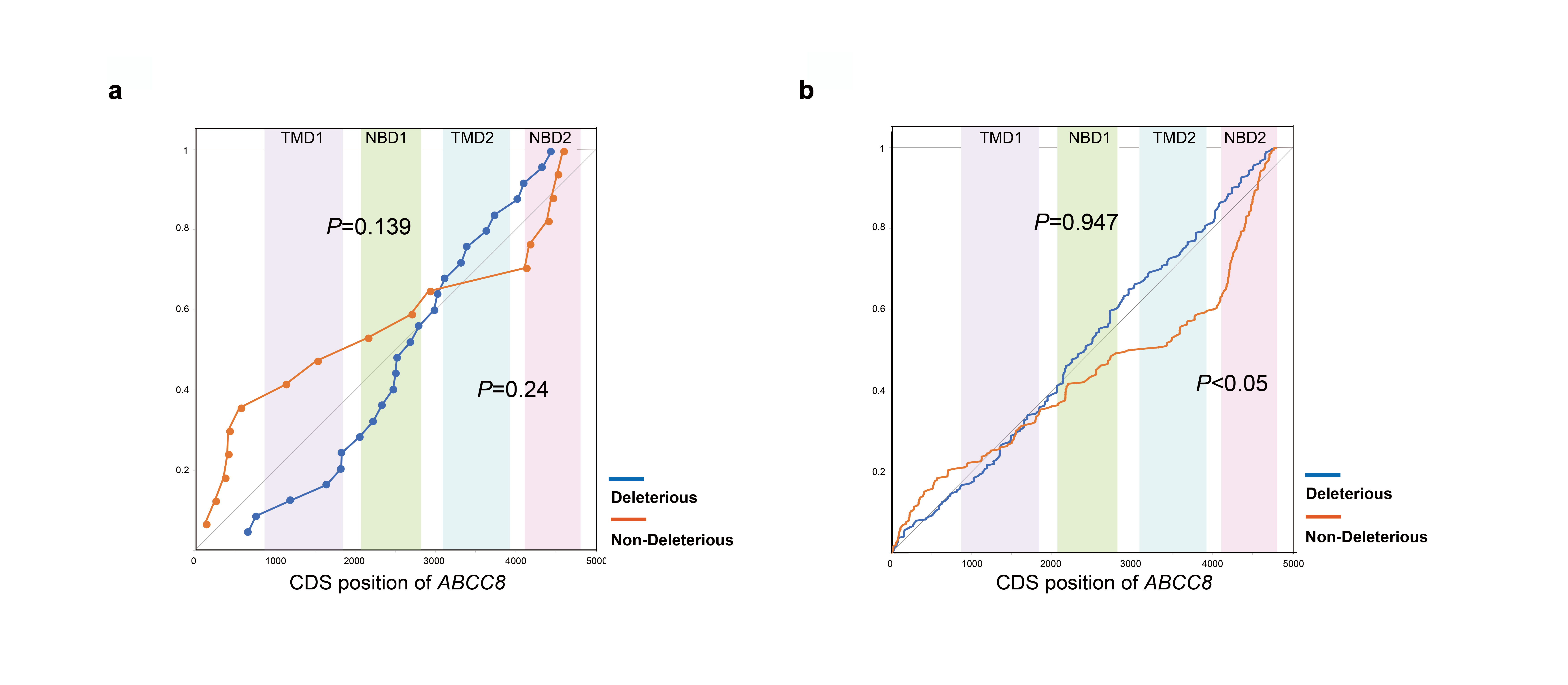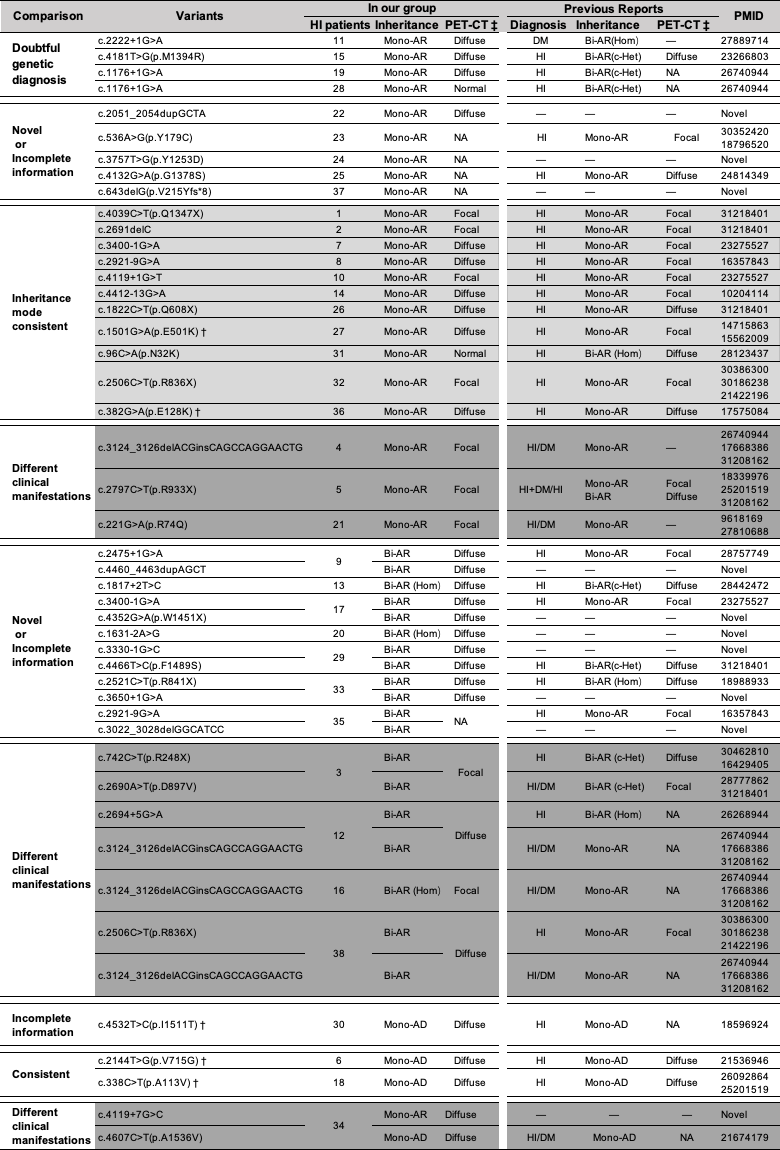Neonatal Fetal Nutrition & Metabolism
Neonatal Fetal Nutrition & Metabolism 1: Neonatal and Fetal Metabolism
296 - Genetic Variants of ABCC8 Gene and Clinical Features in Neonatal Hypoglycemia
Publication Number: 296.128

Fangbing Chen, PhD (she/her/hers)
NA
Children's hospital of Fudan University
Shanghai, Shanghai, China (People's Republic)
Presenting Author(s)
Background:
Hypoglycemia is the most common metabolic disturbance during the neonatal period with many complex causes and pathogenic mechanisms. ABCC8 gene defects are the most common genetic causes of hyperinsulinism hypoglycemia.
Objective: To clarify the pathogenicity annotation of ABCC8 in newborn hypoglycemic cohort in light of multiple inheritance modes
Design/Methods:
We enrolled hypoglycemia neonates who carried ABCC8 variants from August 2017 to June 2019. The characteristics of patients with clinical and/or genetical diagnosis of hyperinsulinism were analyzed.
Results: 1. The present study enrolled 51 hypoglycemic neonates with ABCC8 variants. Seventeen (33.3%) were preterm infants and 34 (66.7%) were full-term infants. The average birth weight was 3831.5g and 52.9% (27/51) of newborns had fetal macrosomia.
2. We identified 42 P/LP variants and 11 VUSs in ABCC8 gene. 36 variants (67.9%) were previously reported, and 17 variants (32.1%) were novel. Among the P/LP variants, 15 were missense variants, 11 were stop gained variants, 9 were splicing variants, five were frameshift variants, and two were intron or noncoding variants.
3. Kolmogorov–Smirnov test was used to assess to what extent the variants were uniformly distributed. Deleterious variants of ABCC8 distributed uniformly and non-deleterious accumulated in the N- and C-termini (TMD0 and NBD2 domains).
4.Among the 38 patients with clinical diagnosis of HI, four newborns failed to accept the genetic diagnosis as the variants of ABCC8 gene detected in them were not consistent with previously reported cases. Few variants have been previously reported to be associated with both diabetes and HI.
5. Among 38 hyperinsulinism patients, 11 (28.8%) patients carried biallelic recessive variants including compound heterozygous and homozygous variants; 23 (60.5%) patients carried monoallelic recessive variant; and four (10.5%) patients carried monoallelic dominant variant. Patients carrying biallelic recessive variants had larger birth weights and fewer accompanying symptoms. All patients in Bi-AR group were large for gestational age (LGA) newborns.
Conclusion(s):
Overall, these results again emphasized the assessment of the pathogenicity, and ABCC8 variants will be not only divided into pathogenic or benign sites but also classified by inheritance modes for more precise genetic analyses. Along with deeper understanding on the pathogenicity of ABCC8 gene, the precision medicine for newborns with hypoglycemia is updated continuously..png)


